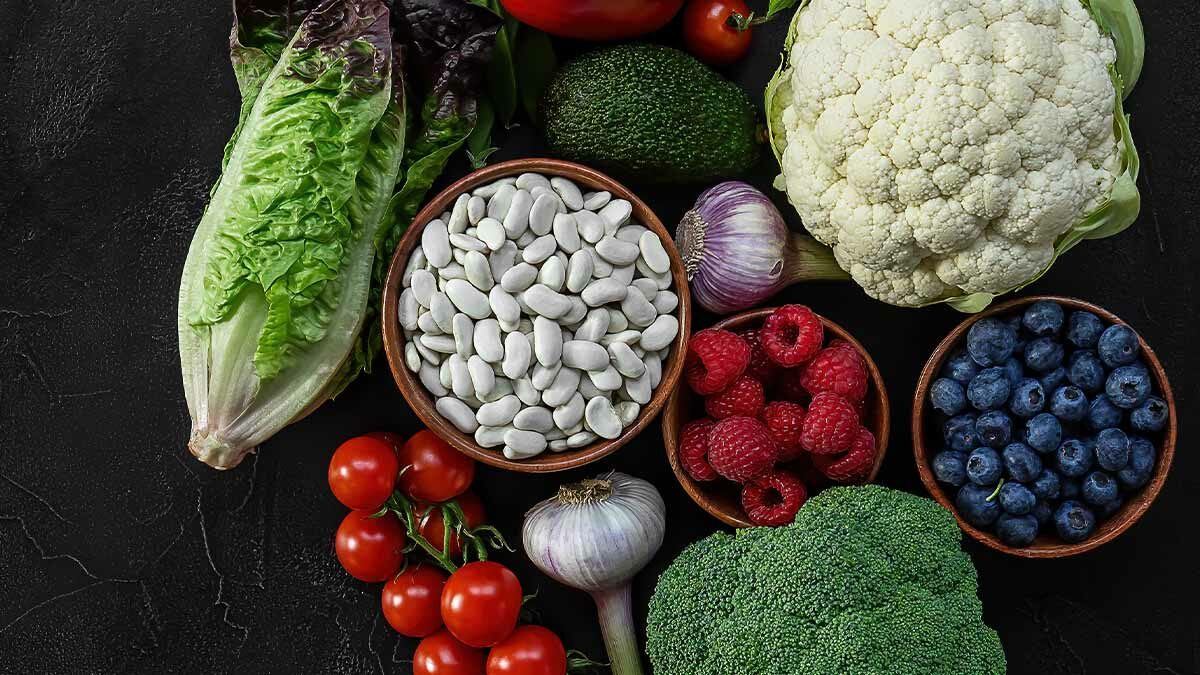Studies suggest that excessive consumption of animal protein poses a risk of kidney stone formation, likely due to the acid load contributed by the high content of sulfur-containing amino acids in animal protein, a topic I explore in my video, Preventing Kidney Stones with Diet. What about treating kidney stones, though? I discuss that in How to Treat Kidney Stones with Diet. Most stones are calcium oxalate, formed like rock candy when the urine becomes supersaturated. Doctors just assumed that if stones are made out of calcium, we simply have to tell people to reduce their calcium intake. That was the dietary gospel for kidney stone sufferers until a 2002 study published in the New England Journal of Medicine pitted two diets against one another—a low-calcium diet versus a diet low in animal protein and salt. The restriction of animal protein and salt provided greater protection, cutting the risk of having another kidney stone within five years in half.
What about cutting down on oxalates, which are concentrated in certain vegetables? A recent study found there was no increased risk of stone formation with higher vegetable intake. In fact, greater dietary intake of whole plant foods, fruits, and vegetables were each associated with reduced risk independent of other known risk factors for kidney stones. This means we may get additional benefits bulking up on plant foods in addition to just restricting animal foods.
A reduction in animal protein not only reduces the production of acids within the body, but should also limit the excretion of urate, uric acid crystals that can act as seeds to form calcium stones or create entire stones themselves. (Uric acid stones are the second most common kidney stones after calcium.)
There are two ways to reduce uric acid levels in the urine: a reduction of animal protein ingestion, or a variety of drugs. Removing all meat—that is, switching from the standard Western diet to a vegetarian diet—can remove 93% of uric acid crystallization risk within days.
To minimize uric acid crystallization, the goal is to get our urine pH up to ideally as high as 6.8. A number of alkalinizing chemicals have been developed for just this purpose, but we can naturally alkalize our urine up to the recommended 6.8 using purely dietary means. Namely, by removing all meat, someone eating the standard Western diet can go from a pH of 5.95 to the goal target of 6.8—simply by eating plant-based. As I describe in my video, Testing Your Diet with Pee & Purple Cabbage, we can inexpensively test our own diets with a little bathroom chemistry, for not all plant foods are alkalinizing and not all animal foods are equally acidifying.
A Load of Acid to Kidney Evaluation (LAKE) score has been developed to take into account both the acid load of foods and their typical serving sizes. It can be used to help people modify their diet for the prevention of both uric acid and calcium kidney stones, as well as other diseases. What did researchers find? The single most acid-producing food is fish, like tuna. Then, in descending order, are pork, then poultry, cheese (though milk and other dairy are much less acidifying), and beef followed by eggs. (Eggs are actually more acidic than beef, but people tend to eat fewer eggs in one sitting.) Some grains, like bread and rice, can be a little acid-forming, but pasta is not. Beans are significantly alkaline-forming, but not as much as fruits or even better, vegetables, which are the most alkaline-forming of all.
Through dietary changes alone, we may be able to dissolve uric acid stones completely and cure patients without drugs or surgery.
To summarize, the most important things we can do diet-wise is to drink 10 to 12 cups of water a day, reduce animal protein, reduce salt, and eat more vegetables and more vegetarian.
Want to try to calculate their LAKE score for the day? Just multiply the number of servings you have of each of the food groups listed in the graph in the video times the score.
In health,
Michael Greger, M.D.
PS: If you haven’t yet, you can subscribe to my free videos here and watch my live, year-in-review presentations:
- 2012: Uprooting the Leading Causes of Death
- 2013: More Than an Apple a Day
- 2014: From Table to Able: Combating Disabling Diseases with Food
- 2015: Food as Medicine: Preventing and Treating the Most Dreaded Diseases with Diet
- 2016: How Not To Die: The Role of Diet in Preventing, Arresting, and Reversing Our Top 15 Killers
